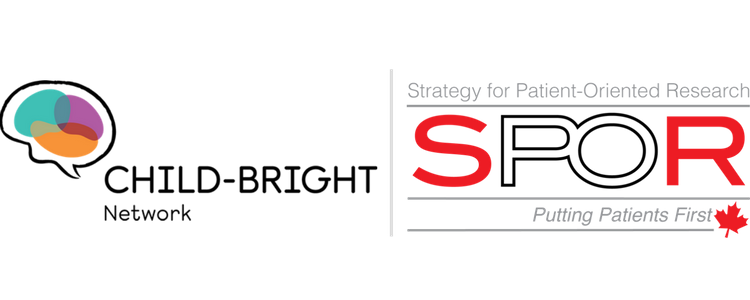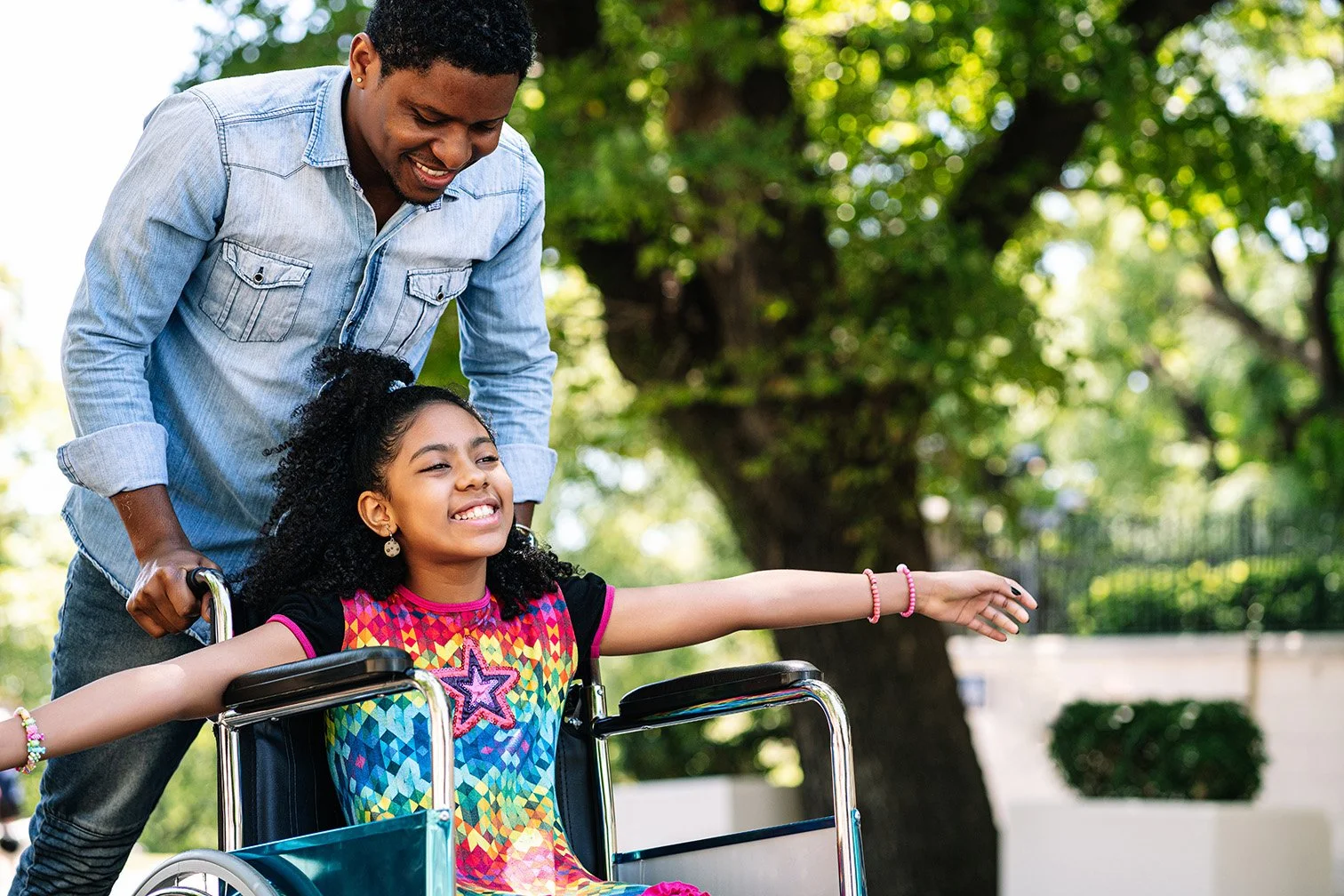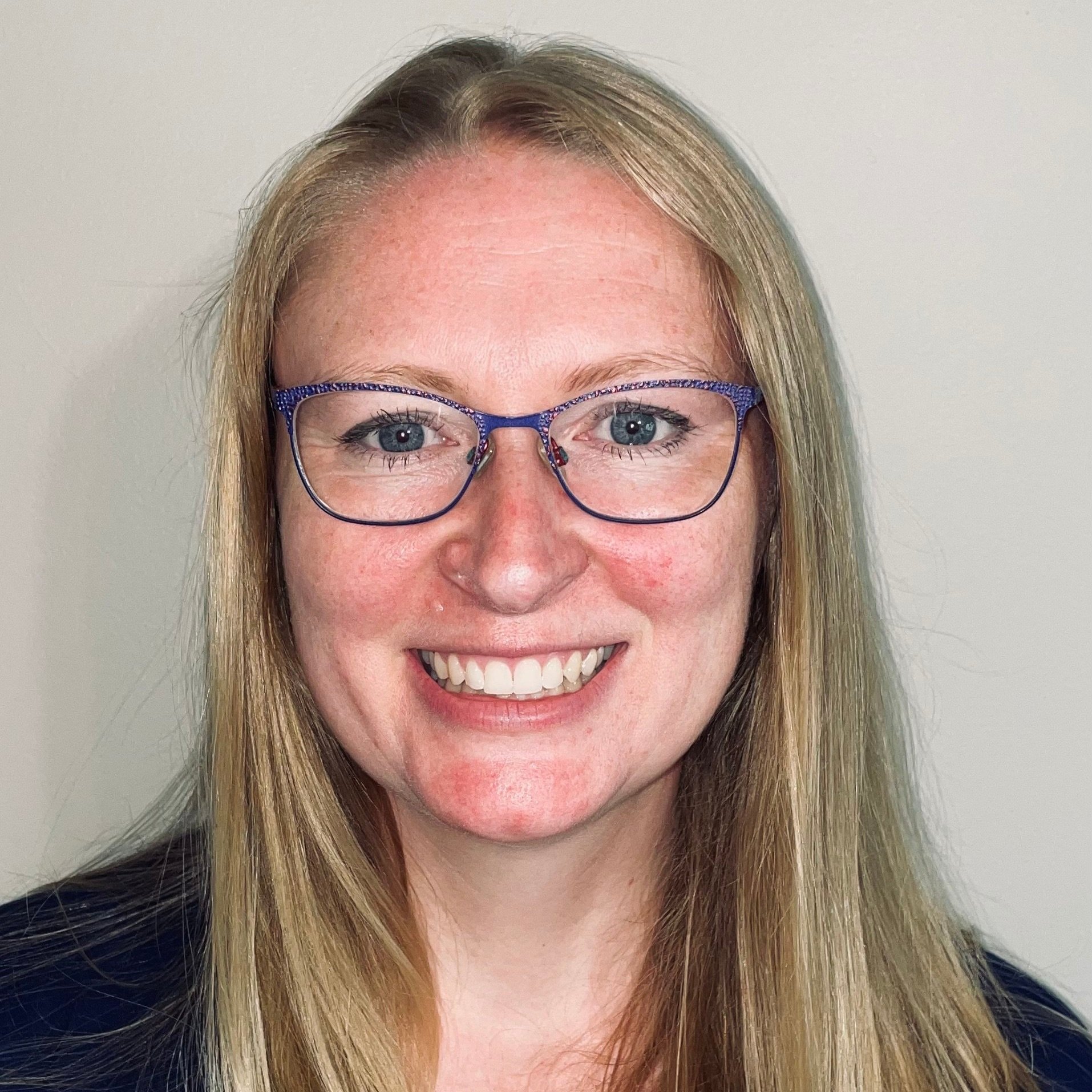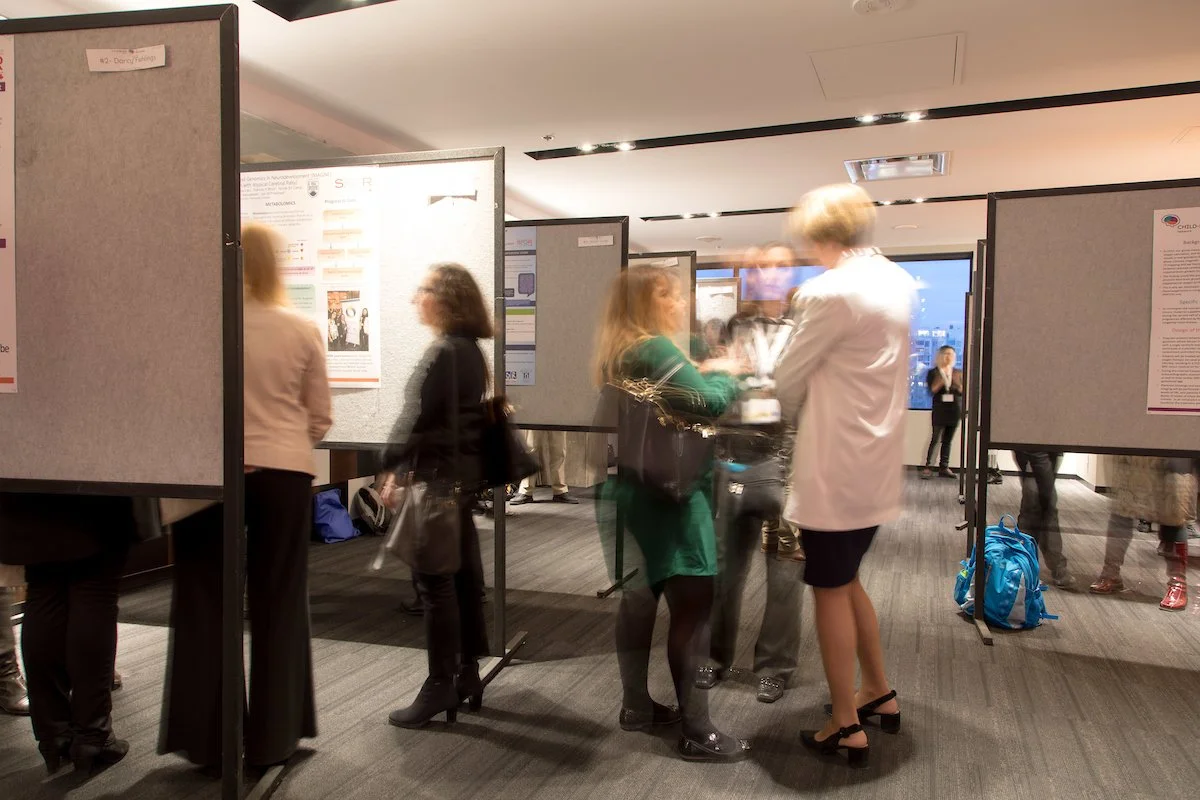In October 2020, CHILD-BRIGHT’s National Youth Advisory Panel (NYAP) launched an innovative youth consultation service, offered to Canadian researchers working on childhood disability research projects. NYAP members Gillian Backlin, Claire Dawe-McCord, Logan Wong and Hans Dupuis consulted with the “Nothing without us: COVID-19 policy responses to improve mental health of youth with disabilities and their families” study team between March and December 2021. Gillian Backlin served on the project’s advisory council as a youth representative.
The “Nothing without us” project, co-led by CHILD-BRIGHT members Keiko Shikako and Jennifer Zwicker, and affiliated with the University of Calgary, was designed to identify COVID-19 policy responses that are inclusive, equitable, and evidence-informed to meet the mental health needs and promote well-being for Canadian youth with disabilities and their families.
To do so, the study team conducted interviews with youth with neurodevelopmental disabilities to understand how the COVID-19 pandemic has impacted their mental health and their experiences accessing services during the pandemic. After filling out a short online screening questionnaire, youth had the option to participate in a follow up phone/Zoom interview or another online survey.
The research team approached the NYAP to consult in this project in two ways: an individual consultation with Gillian, who was on the study’s advisory council, and a group consultation with Logan, Claire, and Hans, who all reviewed the survey.
“I was interested in participating in this project because I believe the COVID-19 pandemic has had serious impacts on youth mental health and that this is an important area of research to develop further,” Claire shared. “Furthermore, I believe that youth involvement in tools for peers is extremely impactful.”
NYAP members gave feedback on a range of survey elements, including the content of the questions, accommodation and accessibility considerations for youth participants, the survey length and design, and the mode of distribution. Gillian participated in a video story about her experiences during the pandemic. And Claire took part in an advisory council workshop in April 2022 to provide feedback on the study findings.
“The consultation enabled us to get practical feedback on improving the plain language version of the COVID-19 survey and interview guide aimed at determining the experiences of youth with neurodevelopmental disabilities and their families in accessing services and their mental health needs during the COVID-19 pandemic,” the “Nothing without us” team reported. “The NYAP also provided feedback to help us ensure that our survey was as accessible as possible.”
“We’d recommend the NYAP’s consultation service to researchers, given the ease of the consultation process and the members’ helpful advice that reflected the needs and lived experiences of youth with neurodevelopmental disabilities.”
Visit the project website to learn more about the “Nothing without us” study.




















